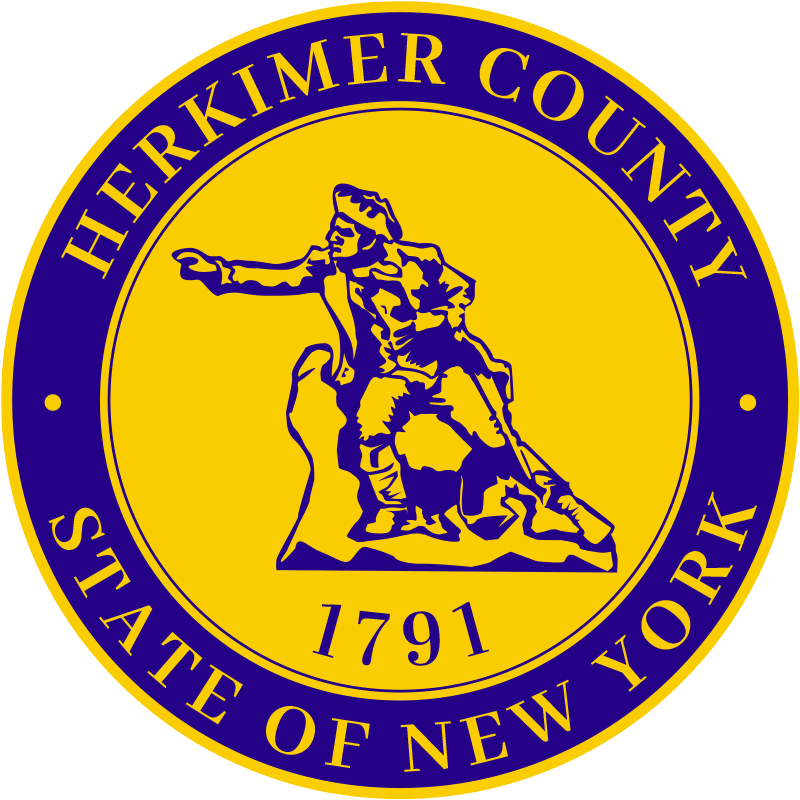News & Events View all News & Events

Herkimer County Youth Bureau Announces Funding Availability
The Herkimer County Youth Bureau is currently accepting proposals from interested nonprofit organiza…

Herkimer County Legislative Summer Youth Employment Program
The Herkimer County Youth Bureau announces that the 2025 Herkimer County Summer Youth Employment Pro…

Old Forge Bus Transportation Program
The Old Forge Bus Transportation Program will be up and running for the summer once again! A daily b…

2022 Risk Assessment Profile
The Herkimer County Risk Assessment Profile is accomplished through a true collaboration between man…

White House Council Acknowledges Herkimer County as One of Twelve Communities Making Positive (Needle Moving) Change
The White House Council for Community Solutions has acknowledged Herkimer County for its collaborati…
Documents
Department: Youth Bureau
| Document | Download |
|---|---|
| Herkimer County 2016 Risk Assessment Profile | Download |
| Herkimer County 2021-2022 Youth Risk Behavior Survey | Download |
| Herkimer County 2022 Risk Assessment Profile | Download |
| Herkimer County 2022-2023 Youth Risk Behavior Survey | Download |
| Herkimer County 2023-2024 Youth Risk Behavior Survey | Download |
| Herkimer County 2024-2025 Youth Risk Behavior Survey | Download |
| Supportive Services for Children & Families | Download |


